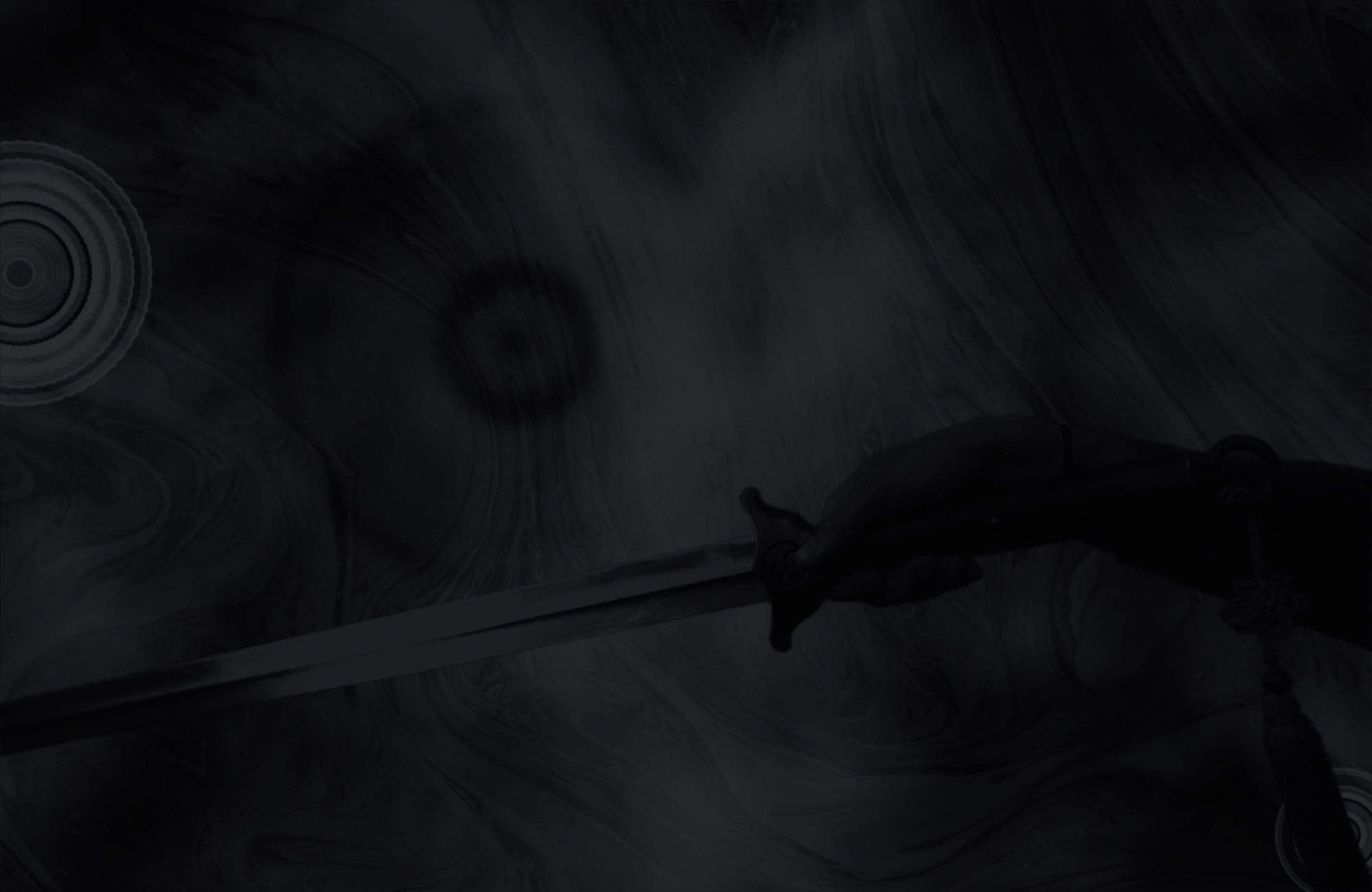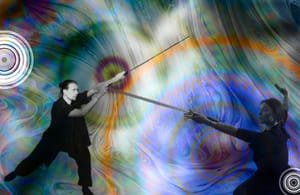The sword represents more than just combat; it symbolises balance, precision, and the harmonious flow of energy. Preserved and taught in the Wudang mountains, where Daoists have practised for centuries, this sword tutorial prepares you for a lifestyle that emphasises unity with nature, inner peace, and spiritual growth. Mastering the Wudang sword is a transformative journey that integrates the mind, body, and spirit through graceful, powerful movements, teaching patience, focus, and discipline. The sword mirrors the natural world's fluidity, promoting a deep connection to the elements and profound serenity.

Begin with a clear mind and a focused heart, for inner peace and external fluidity are crucial in practising the Wudang sword. Let your body flow like water—soft yet powerful, adaptable yet unwavering. The path of the Wudang sword is boundless, an eternal journey of learning, growth, and transformation. Embrace this journey; knowing each step deepens your connection to the art and enriches your spirit.
It's important to internalise the simple movements from this basic tutorial as if they were second nature. This will help with the sword routines that follow this tutorial. The sword can attack, block, deflect, and counterattack. It's more important to react appropriately at the right moment than to focus on speed.
Understanding the Journey of a Warrior
In the world of the Wudang sword, the role of a warrior transcends physical prowess and martial skills; it is a sacred duty intertwined with spiritual and ethical principles. Like the archetypal warrior, the Wudang warrior is a guardian of balance, a seeker of truth, and a beacon of inner strength. This warrior's journey is not solely about mastering the art of combat but about embodying virtues such as honour, integrity, and compassion.
The journey of a Wudang warrior begins with self-mastery. Through strict practice and meditation, they sharpen their physical abilities, mind, and spirit. The fluid movements of the sword are a dance of discipline and grace, each strike and parry a testament to unwavering focus and inner calm. This harmony of body and spirit is essential, as warriors must first conquer their inner chaos before confronting external challenges.

A good soldier is not violent. A good fighter is not angry. A good winner is not vengeful A good employer is humble. This is known as the Virtue of not striving. This is known as ability to deal with people. This since ancient times has been known as the ultimate unity with heaven.
A warrior protects the weak and defends justice. Guided by the principles of Daoism, they understand that true strength lies in gentleness and that the most potent actions are those rooted in kindness and empathy. They are guardians of peace, using their skills to resolve conflicts and restore harmony wherever they tread. Their path is one of continuous learning and self-discovery, delving into the riddles of the universe and their own existence. Through the disciplined practice of the Wudang sword, they transcend the ordinary, touching upon the ethereal truths that lie beyond the physical realm.


